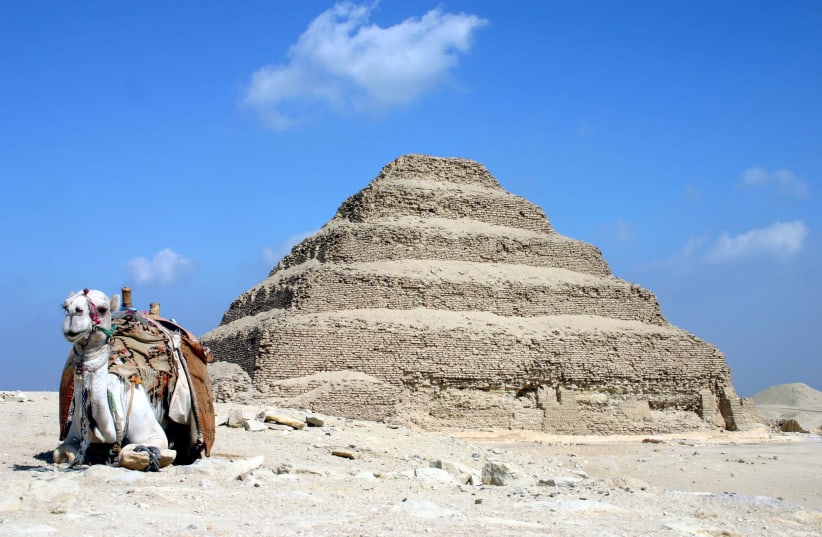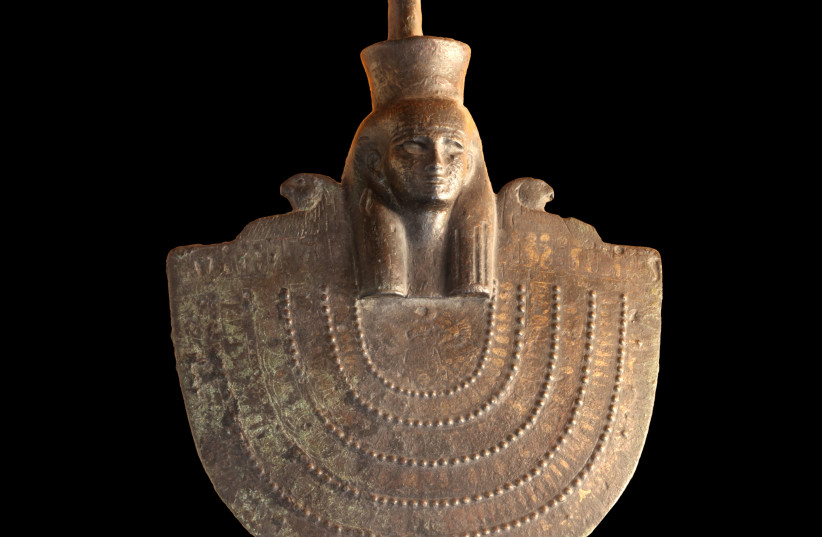Archaeologists in Egypt uncovered the pyramid of a previously unknown queen, containing coffins, mummies and other artifacts, as well as several tunnels, Live Science reported last week.
The researchers, including Egyptologist and former Egyptian Minister of Antiquities Zahi Hawass, discovered that the queen's name was Neith.
"She had never before been known from the historical record," Hawass said. "It is amazing to literally rewrite what we know of history, adding a new queen to our records."
The artifacts were found at Saqqara, an excavation site in Giza.
Researchers recently discovered several coffins and mummies at this location that could belong to top advisers and generals of King Tutankhamun.
“Teti was worshipped as a god in the New Kingdom period, and so people wanted to be buried near him.”
Zahi Hawass, Egyptologist and former Egyptian Minister of Antiquities
The archaeologists also worked at a pyramid nearby that belonged to King Teti, who ruled during the Sixth Dynasty of ancient Egypt.
"Teti was worshipped as a god in the New Kingdom period, and so people wanted to be buried near him," Hawass told Live Science. "However, most burials known in Saqqara previously were either from the Old Kingdom or the Late Period. Now we have found 22 [interconnected] shafts, ranging from 30 to 60 feet [9 to 18 meters deep], all with New Kingdom burials."
At Teti's pyramid, the researchers unearthed a "huge limestone sarcophagus" and "300 beautiful coffins from the New Kingdom period," according to Hawass, and found well-preserved mummies along with artifacts such as the game of Senet, statues of the god Ptah-Sokar, figurines called shabtis and a metal axe within the coffins.
"Burials from the New Kingdom were not known to be common in the area before, so this is entirely unique to the site," he added. "The coffins have individual faces, each one unique, distinguishing between men and women, and are decorated with scenes from the Book of the Dead. Each coffin also has the name of the deceased and often shows the Four Sons of Horus, who protected the organs of the deceased."
Another discovery at Saqqara
The Jerusalem Post reported in September that researchers from Cairo University had discovered a sarcophagus belonging to an ancient Egyptian government official named Ptah-M-Wia at the Saqqara necropolis, according to Ahram Online.
Ptah-M-Wia lived during the rule of Ramesses the 2nd, somewhere between 1279 and 1213 BCE, according to the report.
The report added that Saqqara is part of a cemetery for the ancient Egyptian capital of Memphis.
Sara Weinstein contributed to this report.

